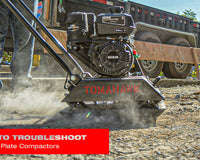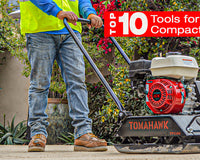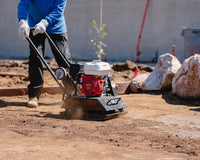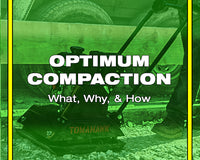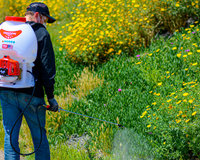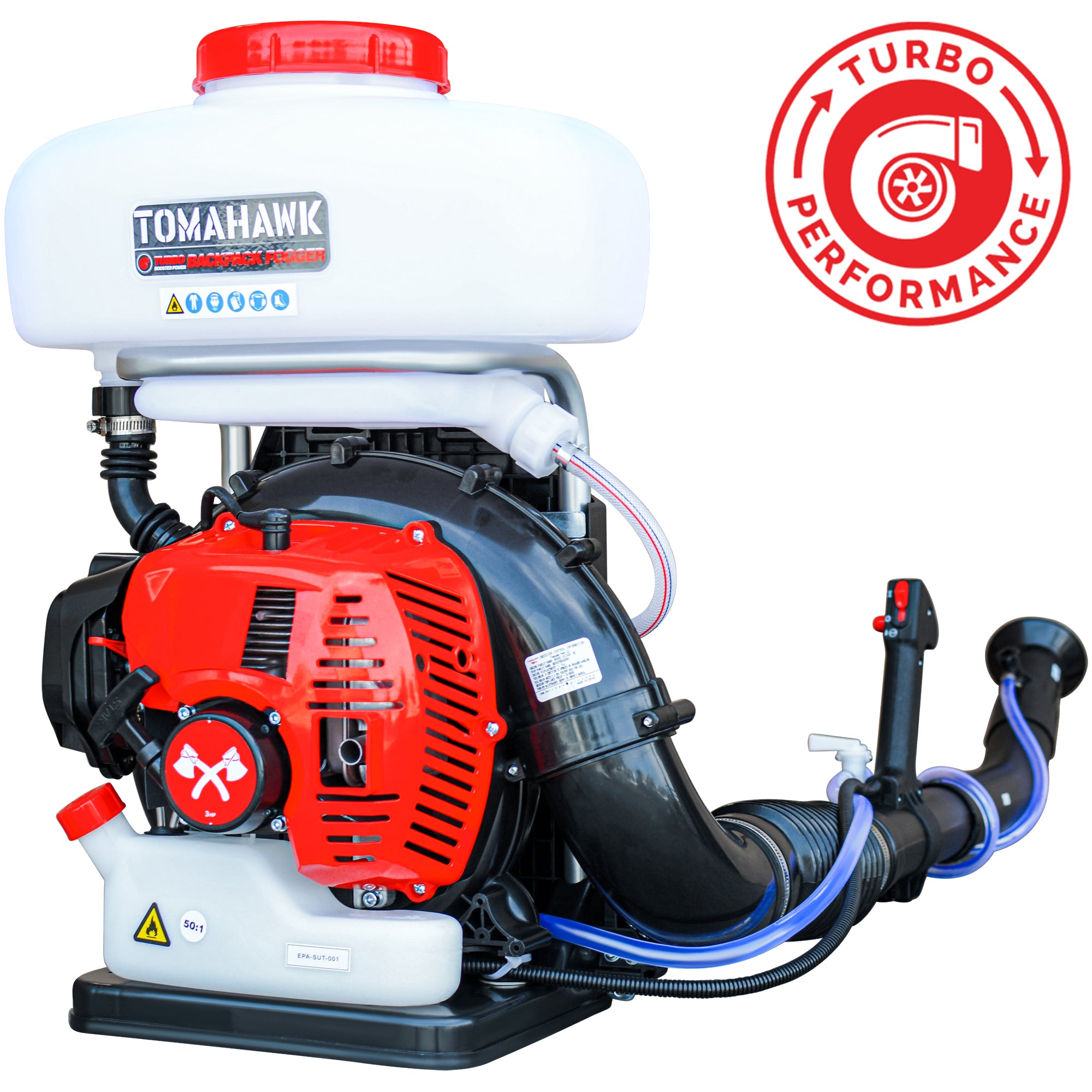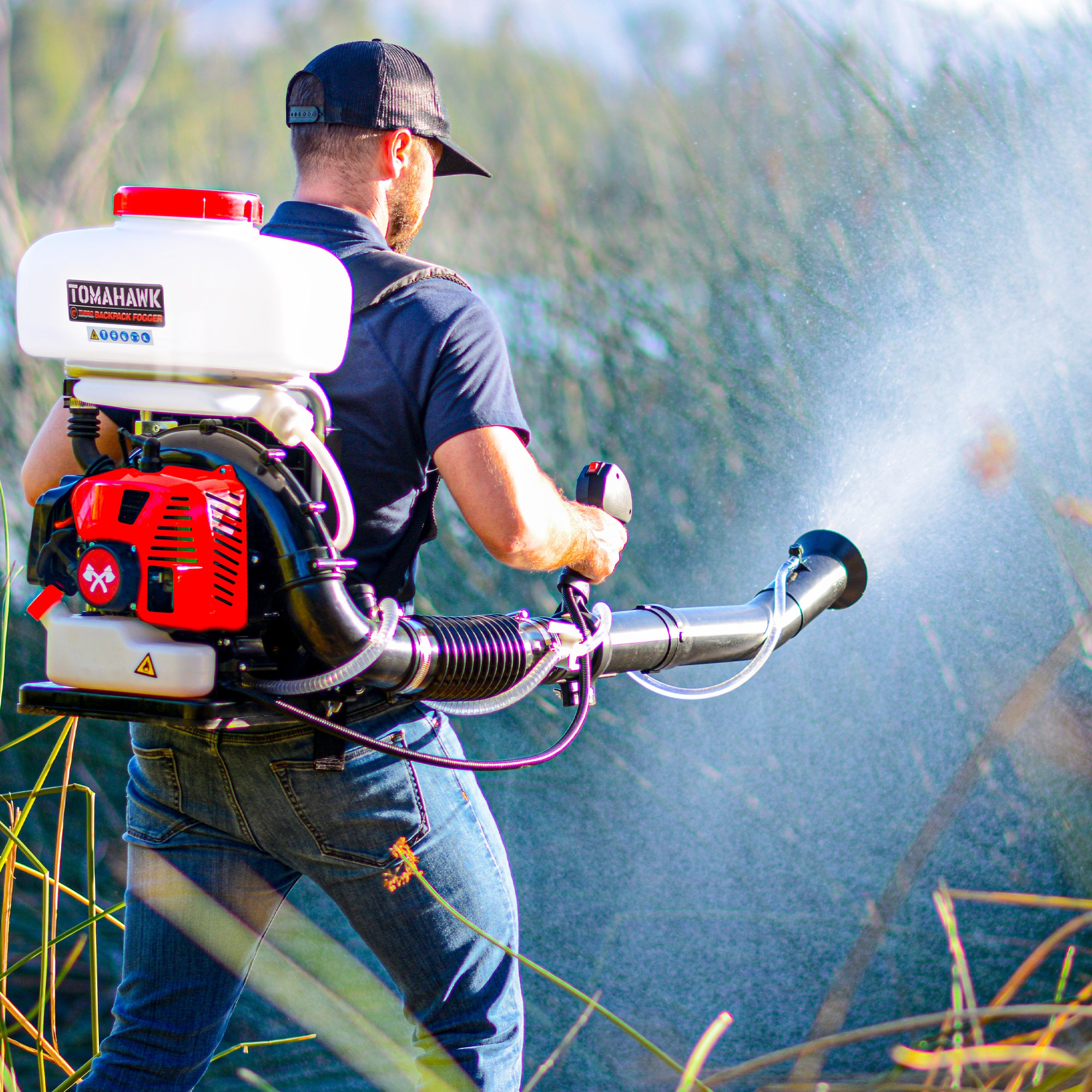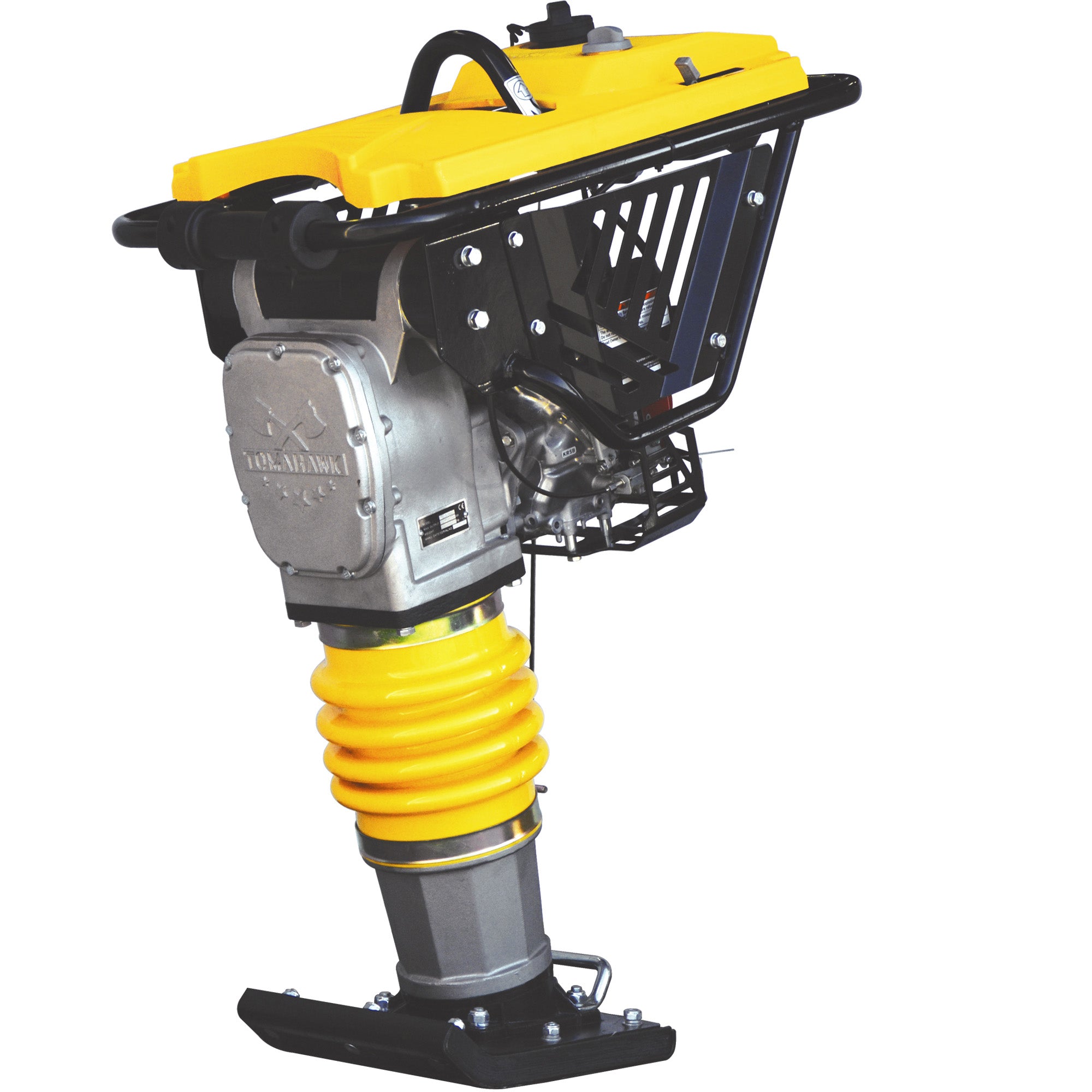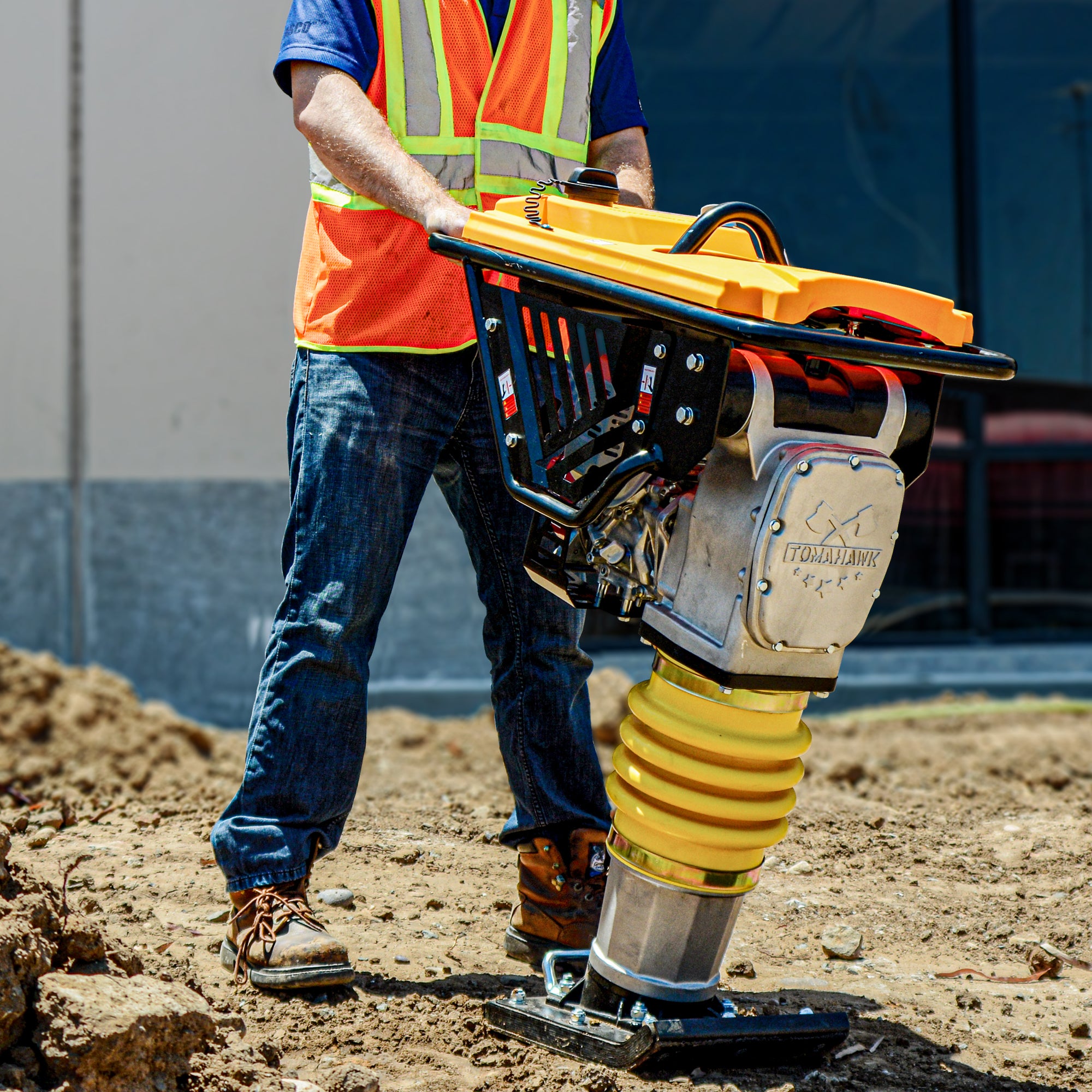Drawing water from underground wells requires more than just a deep hole and good timing—it requires the right pumping solution. Submersible pumps are a mainstay in this field for good reason. Designed to work while fully submerged, these pumps provide dependable performance across a wide range of residential, agricultural, and construction scenarios.
Why Use Submersible Pumps in Water Wells?
Unlike surface pumps, submersible pumps are placed directly into the water column. This setup offers several benefits. First, because the pump is already submerged, it avoids suction lift issues and allows for greater efficiency. Second, it reduces noise—making them ideal for residential wells or locations near living quarters. Third, they can handle moderate debris, making them suitable for turbid or mixed-source wells.
In scenarios involving construction dewatering, emergency water access, or off-grid irrigation systems, a robust submersible pump can be a critical tool. These use cases demand a pump that can operate reliably under pressure and without frequent maintenance.
Key Features to Look For
A water well pump must match the depth, flow rate, and water quality of the application. Features to prioritize include:
-
High flow capacity, especially if the pump will serve multiple faucets or tanks.
-
Strong motor performance to lift water from deep depths.
-
Debris-handling capability if the water source is not filtered.
-
Float switch integration to automate start/stop functionality.
Heavy-duty models like the Tomahawk TDP750 1 HP Submersible Pump offer a reliable option with a 4,380 GPH capacity, solid handling up to 7mm, and a double mechanical seal to prevent internal water damage. While commonly used on job sites, this pump’s durability and performance also suit shallow well applications or temporary setups where clean, fast extraction is essential.
Considerations for Setup and Operation
Installing a submersible pump in a water well requires consideration of well depth, static water level, pipe diameter, and power access. Most models operate on standard electricity, but energy-efficient versions or generators may be necessary for remote locations.
Ensure the electrical connections are waterproof and that the discharge piping matches the pump’s output size. Some users install the pump with a check valve to prevent backflow, especially in irrigation or tank-filling systems.
During a facility workshop in Atlanta, environmental systems trainer Jerome Beck highlighted a common mistake:
“Too many teams focus on pump power without checking discharge compatibility or water source quality. Efficiency isn’t just about strength—it’s about matching the tool to the terrain.” — Jerome Beck, Certified Pump Technician
Applications Beyond Typical Wells
Submersible pumps also play a role in utility vault maintenance, pond draining, agricultural drainage, and even emergency stormwater removal. Because they’re portable and resistant to clogging, they can be redeployed for multiple needs across a property or site.
This versatility is especially helpful in rural or agricultural settings where access to municipal water is limited. A pump that’s durable enough to handle well water is often strong enough to manage overflow, muddy runoff, or trench draining with equal effectiveness.
Final Thoughts
A submersible pump isn’t just for pulling water from the ground—it’s a flexible tool for managing water across varied environments. For landowners, builders, and restoration crews, selecting the right pump can dramatically improve system reliability, reduce water access downtime, and simplify infrastructure setup.
Choosing a unit with dependable power, high flow rate, and solid-handling capacity—such as the TDP750 from Tomahawk Power—is a step toward long-term confidence in your water well operations.

